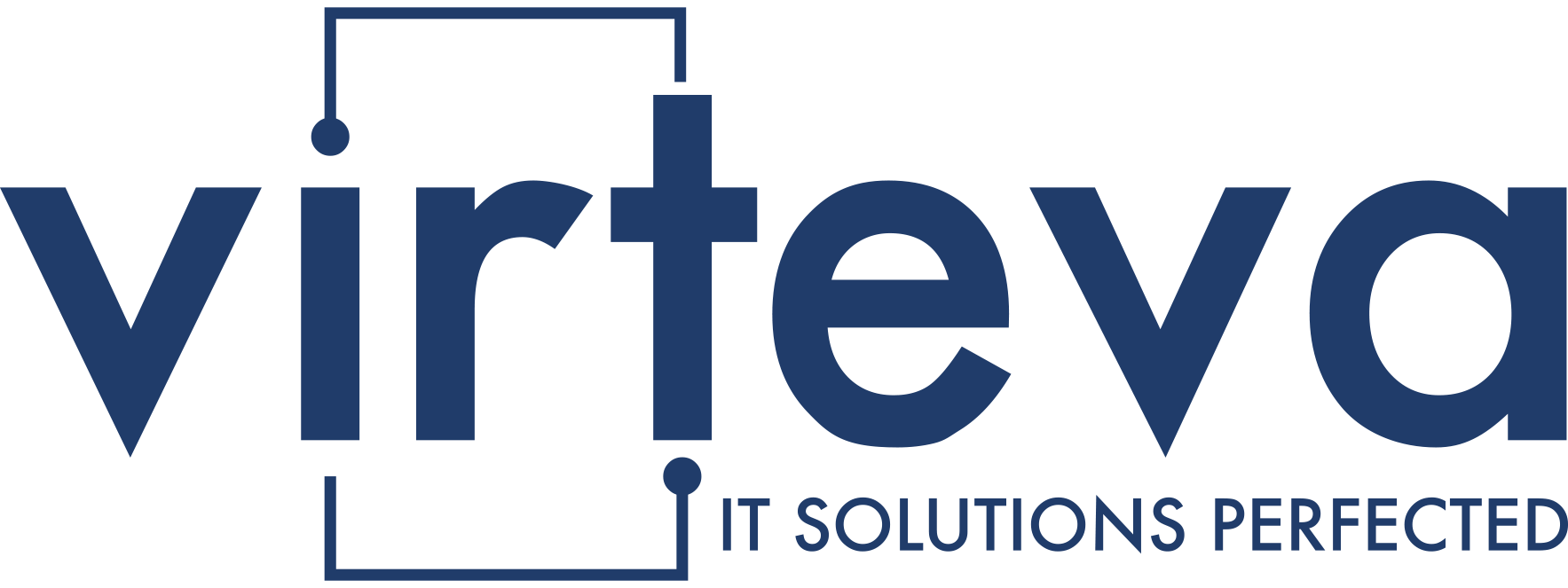IT budgets aren’t bottomless, and performance issues aren’t always obvious. This article provides a practical roadmap for reducing expenses and enhancing system performance through innovative, scalable IT infrastructure optimization strategies. The best part? You don’t have to sacrifice security or efficiency along the way.
Why IT Infrastructure Optimization Matters
Modern IT environments are dynamic, but they can also become messy over time. From legacy systems and idle cloud resources to inefficient workflows and overlapping tools, it’s easy for infrastructure to get bloated. As more organizations adopt cloud, AI, and edge solutions, understanding the core elements that make up modern IT infrastructure is essential to uncovering where complexity drives up costs and slows performance.
Optimizing IT infrastructure is about more than trimming the fat. It’s about creating a tech environment that performs better, scales smarter, and costs less, without compromising user experience, compliance, or innovation.
Here are seven battle-tested strategies to optimize IT infrastructure, reduce waste, and lay the groundwork for long-term success.
Actionable IT Infrastructure Optimization Strategies for Smarter Spending
Strategy 1: Audit and Assess Your Entire Environment
The first step in any successful infrastructure optimization effort is gaining a deep, detailed understanding of your current setup. A comprehensive audit isn’t just helpful – it’s essential.
Too often, businesses continue paying for resources they no longer use or maintain systems that quietly underperform. Without a baseline, you can’t measure progress or identify what’s truly draining your IT budget.
Start by collecting data across your entire environment:
- Hardware and Software Inventory: List servers, virtual machines (VMs), endpoints, storage devices, and applications.
- Licensing and contracts: Track maintenance agreements, warranties, and subscription renewals.
- Utilization metrics: Measure CPU, memory, disk I/O, and bandwidth to uncover underused systems.
- End-of-life status: Identify systems nearing their support cutoff or hardware refresh dates.
- Dependency mapping: Understand how systems, applications, and services are interconnected.
A clear audit provides the insights you need to eliminate redundancies, reclaim unused capacity, and lay the foundation for more strategic decisions.

Strategy 2: Right-Size Your Cloud Usage
Cloud services offer scalability and flexibility, but unchecked, they also introduce invisible waste. When businesses don’t regularly evaluate usage, they pay for resources that provide no real value.
Right-sizing is the process of aligning your cloud resources with real-world demand. That means minimizing over-provisioned compute power, retiring unused storage, and scaling services based on traffic patterns.
Here’s how to right-size your cloud environment:
- Identify idle or zombie instances that haven’t been accessed in weeks or months.
- Scale down over-provisioned virtual machines (VMs) based on actual usage metrics.
- Eliminate orphaned storage volumes, snapshots, and backups not attached to active services.
- Use auto-scaling groups to adjust resource levels during peak and off-peak hours dynamically.
- Monitor licensing usage tied to cloud services, especially for SaaS and third-party tools.
Regular right-sizing reviews not only reduce cloud costs – they also help your systems run leaner and respond faster to real-time demand.
Strategy 3: Automate with AI and Infrastructure-as-Code (IaC)
Manual configuration and infrastructure management don’t scale well. They’re slow, error-prone, and highly dependent on tribal knowledge. That’s why automation—with AI and Infrastructure-as-Code (IaC)—is a game-changer for modern IT teams.
IaC allows you to define and deploy infrastructure using scripts or templates. These templates ensure every environment is consistent, secure, and compliant with organizational standards.
Layer AI on top, and your infrastructure becomes not only programmable but intelligent.
Where automation drives the most value:
- Provisioning and configuration: Use Terraform, CloudFormation, or Ansible to automate builds.
- Patching and updates: Schedule regular, non-disruptive patching for OS and software stacks.
- Incident response: Detect anomalies and trigger auto-remediation using AI-based tools.
- Monitoring and alerting: Generate context-aware alerts and prioritize responses automatically.
- Policy enforcement: Automate security checks and compliance enforcement across environments.
With AI and IaC, you don’t just optimize tasks, you transform your entire infrastructure into a responsive, intelligent ecosystem.
Strategy 4: Consolidate with Hyperconverged Infrastructure (HCI)
Infrastructure sprawl leads to higher operating costs, maintenance overhead, and complexity. Many organizations still manage compute, storage, and networking as separate silos, using outdated tools and disparate systems.
Hyperconverged Infrastructure (HCI) simplifies this by combining those resources into a single, software-defined platform. That means fewer physical hardware requirements, centralized management, and smoother scalability.
Why consolidation through HCI matters:
- Simplified IT operations with a single pane of glass for control.
- Smaller physical footprint, reducing energy, cooling, and real estate costs.
- Integrated backup and disaster recovery capabilities.
- Faster deployment of virtualized workloads and services.
- Scalable architecture, where you grow by adding nodes, not building new stacks.
Consolidating with HCI helps you optimize IT infrastructure in a way that’s not only cost-effective but built for the future.
Strategy 5: Optimize in Real-Time with AI
Many infrastructure problems don’t happen all at once – they build up quietly over time. And by the time you notice them, it’s often too late. That’s where AI for IT infrastructure optimization makes a measurable difference.
AI-based infrastructure management tools monitor usage patterns, detect anomalies, and even predict failures, automatically adjusting resources in real time.
Real-time AI optimization helps you:
- Predict system overloads before they affect end-users.
- Balance workloads dynamically to avoid bottlenecks or underutilized capacity.
- Identify patterns that point to inefficient processes or configuration drift.
- Automate scaling decisions to match actual application demand.
- Reduce downtime by catching performance issues early and correcting them automatically.
Instead of reacting to issues, AI helps you prevent them. That means improved uptime, more efficient resource allocation, and lower support costs.

Strategy 6: Build in Security from the Start
Security isn’t a box to check at the end – it’s a core design principle for optimal IT infrastructure. Retrofitting security is expensive, slow, and often incomplete. Instead, it should be baked into your architecture from day one.
Start by integrating security into your deployment pipelines, configurations, and access policies.
Ways to build security into your infrastructure:
- Use secure IaC templates that enforce encryption, identity access, and firewall rules.
- Implement least-privilege access through role-based permissions and multi-factor authentication.
- Automate patching of systems, dependencies, and containers.
- Enforce compliance checks as part of continuous integration/continuous delivery (CI/CD) workflows.
- Isolate workloads using microsegmentation and virtual network boundaries to enhance security and control.
When security is built-in, you reduce risk, increase uptime, and avoid costly compliance gaps – all without slowing down delivery.
Strategy 7: Work with Experts
Even with a talented internal team, it’s challenging to see all the angles from within. Engaging with infrastructure specialists provides access to proven strategies, external insights, and a faster time to value.
Experienced partners, like Virteva, bring structured methodologies and automation playbooks that can dramatically accelerate your optimization journey.
Benefits of working with experts:
- Independent assessments of your infrastructure and architecture.
- Accelerated implementation using best-practice frameworks.
- Access to advanced tools and AI-driven platforms.
- Reduced trial-and-error through industry-tested solutions.
- Ongoing advisory and support to continuously optimize over time.
When done right, expert collaboration isn’t just a shortcut – it’s a force multiplier for results.
Build a Smarter Infrastructure, Not a Bigger One
IT infrastructure optimization is about creating an environment that works harder, costs less, and supports long-term growth. Whether you’re eliminating waste, adopting AI, or consolidating systems, each of these seven strategies offers a practical path to better performance and lower overhead.
By taking a smart, strategic approach, you can reduce IT costs without compromising speed, scale, or security.




